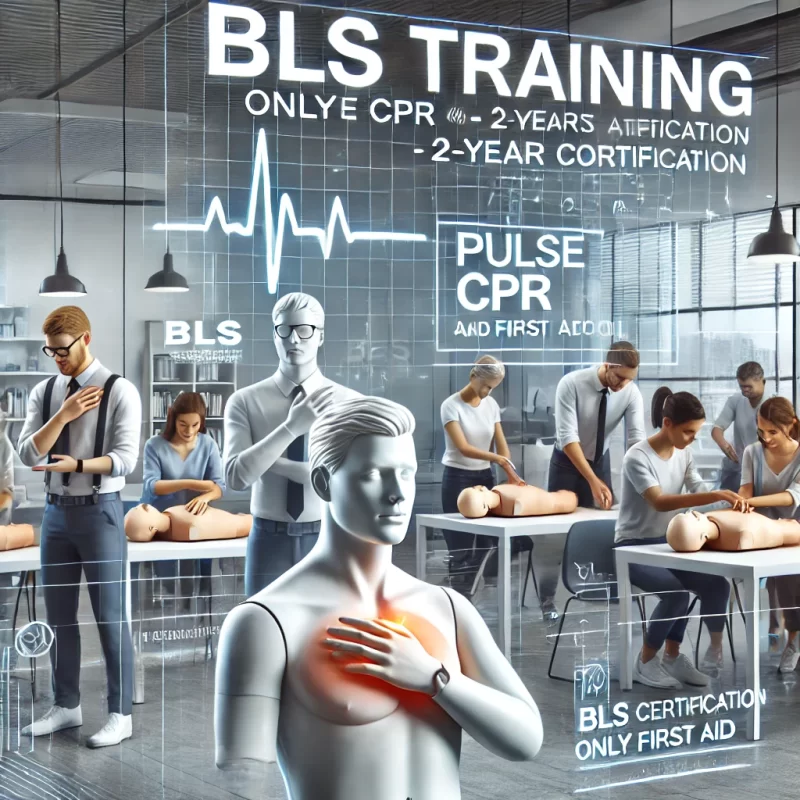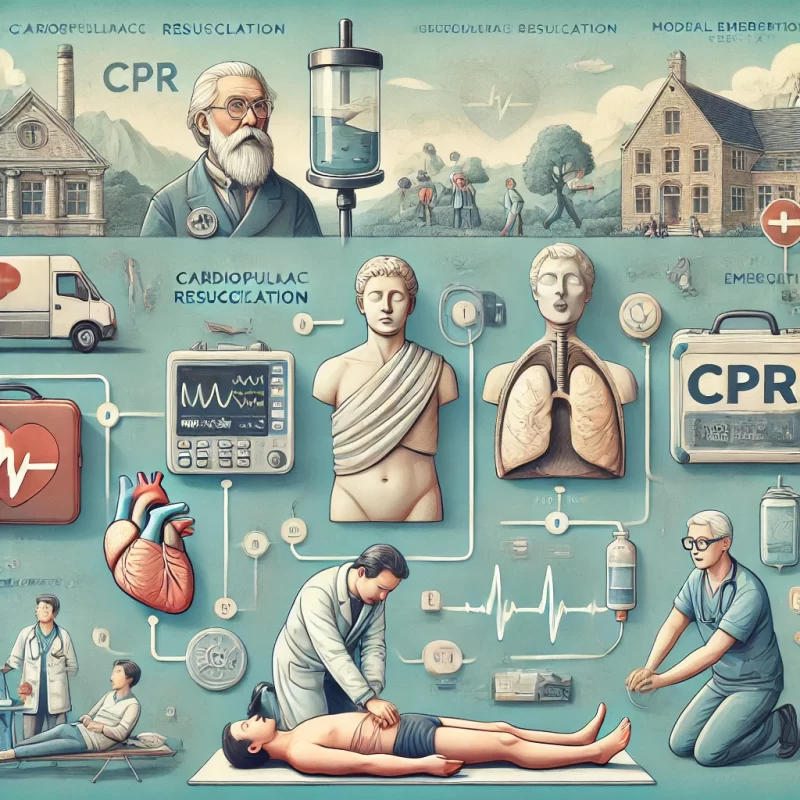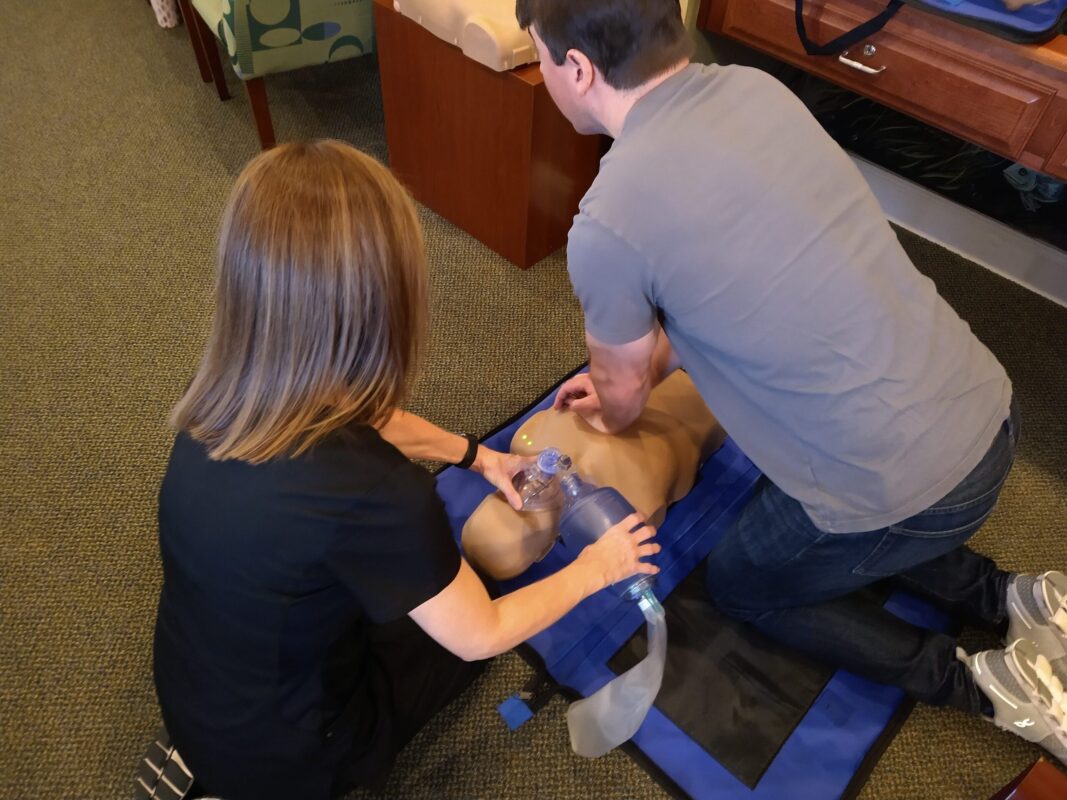About the American Heart Association
What is the American Heart Association? The American Heart Association is the nation’s oldest and largest voluntary organization dedicated to fighting heart disease and stroke. Founded by six cardiologists in 1924, our organization now includes more than 22.5 million volunteers and supporters. We fund innovative research, fight for stronger public health policies, and provide critical tools and information to save and improve lives. Our nationwide organization includes 156 local offices and more than 3,000 employees. We moved our national headquarters from New York to Dallas in 1975 to be more centrally located. The American Stroke Association was created as a division in 1997 to bring together the organization’s stroke-related activities.
What We Do: To improve the lives of all Americans, we provide public health education in a variety of ways. We’re the nation’s leader in CPR education training. We help people understand the importance of healthy lifestyle choices. We provide science-based treatment guidelines to healthcare professionals to help them provide quality care to their patients. We educate lawmakers, policymakers and the public as we advocate for changes to protect and improve the health of our communities.
Who We Are
Who is the American Heart Association? The American Heart Association is the nation’s oldest and largest voluntary organization dedicated to fighting heart disease and stroke. Founded by six cardiologists in 1924, our organization now includes more than 22.5 million volunteers and supporters. We fund innovative research, fight for stronger public health policies, and provide critical tools and information to save and improve lives. Our nationwide organization includes 156 local offices and more than 3,000 employees. We moved our national headquarters from New York to Dallas in 1975 to be more centrally located. The American Stroke Association was created as a division in 1997 to bring together the organization’s stroke-related activities.
What We Do
To improve the lives of all Americans, we provide public health education in a variety of ways. We’re the nation’s leader in CPR education training. We help people understand the importance of healthy lifestyle choices. We provide science-based treatment guidelines to healthcare professionals to help them provide quality care to their patients. We educate lawmakers, policymakers and the public as we advocate for changes to protect and improve the health of our communities. Our volunteer experts select scientific research most worthy of funding – with great results. The association has funded more than $3.8 billion in heart disease and stroke research, more than any organization outside the federal government.
Why We’re Needed
Heart disease is the No. 1 killer in the world. Stroke ranks second globally and is a leading cause of severe disability. Too many families are losing loved ones of all ages. Each year, these diseases kill more than 786,000 Americans, which is larger than the population of several states (Alaska, North Dakota, Vermont and Wyoming). Some form of cardiovascular disease affects more than one in every three adult Americans. Many suffer terribly from disabilities caused by these diseases. The American Heart Association wants everyone to understand the threat – and to know that cardiovascular diseases and stroke are largely preventable. Risks can be lowered by adhering to what we call Life’s Simple 7: not smoking, being physically active, maintaining a healthy body weight, eating a healthy diet, controlling blood pressure, controlling cholesterol and controlling blood sugar.
Our 2020 Goal
We are working toward improving the cardiovascular health of all Americans by 20 percent, and reducing deaths from cardiovascular diseases and stroke by 20 percent, all by the year 2020.
For more information, visit heart.org or call 1-800-AHA-USA1.
History of the American Heart Association
Before the American Heart Association existed, people with heart disease were considered to be doomed to complete bed rest – or worse. But a handful of pioneering physicians and social workers believed it didn’t have to be that way. They conducted studies to learn more about heart disease, eventually leading to the founding of the American Heart Association in 1924.
“We were living in a time of almost unbelievable ignorance about heart disease,” said Paul Dudley White, one of six cardiologists who founded the organization.
The early American Heart Association enlisted help from hundreds, then thousands, of physicians and scientists. The association reorganized in 1948, transforming from a scientific society to a voluntary health organization composed of both science and lay volunteers and supported by professional staff. Since then, the American Heart Association has grown rapidly in size and influence – nationally and internationally.
In 1975, the headquarters moved from New York City to Dallas to be more centrally located. Volunteer-led affiliates formed a national network of local organizations providing research funding, education, community programs and fundraising.
In the 1980s, the association became a much more visible champion of public health, starting advocacy efforts that remain active today locally across America in all 50 states and in Washington D.C. Large gifts allowed the association to support new research projects and education programs, including more efforts to address heart disease and stroke in women and minorities.
The 1990s were a time of great change. In 1997, the confederation of separately incorporated affiliates merged into a single corporation. That year the American Heart Association also created the American Stroke Association and another division dedicated to CPR training and other emergency cardiac care.
Our scientific findings began to move from laboratories and clinics to physician’s offices and American households. The association took positions on important health issues. And despite strong opposition from the tobacco industry, the American Heart Association continued to advocate for the public, especially children.
By 2000, the American Heart Association had established its first 10-year Impact Goal for the entire nation: to reduce coronary heart disease, stroke and risk factors by 25 percent by 2010.
The goals for reducing deaths were exceeded. However, with national trends such as increasing obesity and sedentary lifestyles, we still had much more work to reduce risks. And that drove the association to set another aggressive 10-year Impact Goal for the nation: To improve the cardiovascular health of the entire nation by 20 percent by 2020, while reducing deaths from cardiovascular diseases and stroke by 20 percent.
Today, the American Heart Association works toward that goal as the nation’s oldest and largest voluntary health organization devoted to fighting heart disease and stroke. We have more than 22.5 million volunteers and supporters supported by nearly 150 local offices.
The association is a leader in public health education and science. We train more than 13 million people a year in CPR. We publish popular cookbooks and certify heart-healthy foods in grocery stores. Our programs improve the health of America, fight childhood obesity and reach audiences facing unique health risks, including women, African-Americans and Hispanics.
The association continues to be true to its scientific roots, funding more cardiovascular research than any U.S. organization aside from the government. We have funded 13 Nobel Prize winners and numerous scientific breakthroughs. Our conferences train thousands of healthcare professionals, and we set scientific treatment guidelines followed by hospitals nationwide.
The American Heart Association wants everyone to understand the threat – and to know that cardiovascular diseases are largely preventable. Risks can be lowered by adhering to what we call Life’s Simple 7: not smoking, being physically active, maintaining a healthy body weight, eating a healthy diet, controlling blood pressure, controlling cholesterol and controlling blood sugar.




